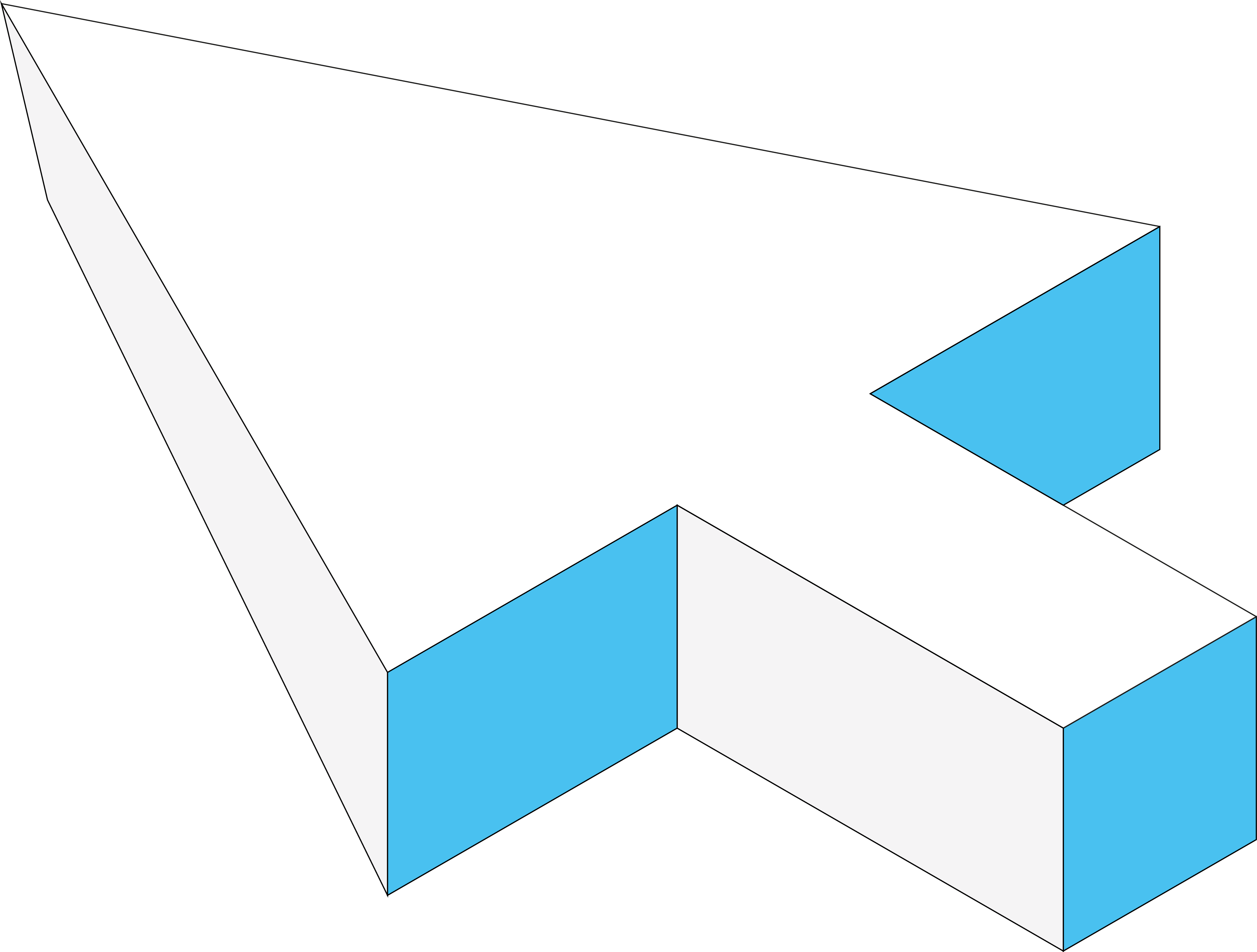DRY
DRY (Don’t Repeat Yourself)
Definition
DRY stands for Don’t Repeat Yourself. It’s a core software development principle stating that every piece of knowledge or logic must have a single, unambiguous representation within a system.
“Duplication is the primary enemy of a well-designed system.” – Robert C. Martin
Why It Matters
- Maintainability: When code is duplicated in many places, updating or fixing it requires you to remember all occurrences—risking inconsistencies and bugs.
- Readability: Centralizing logic in one location avoids clutter and makes your code easier to understand.
- Extensibility: Systems with minimal duplication are easier to extend because you only update logic in one place when requirements change.
- Consistency: Having a single source of truth means less chance for conflicting implementations or data.
Example in C
Below is a hypothetical scenario demonstrating how to apply DRY to avoid code duplication.
Before DRY: Repeated Code
public class Invoice
{
public decimal Amount { get; set; }
public decimal Discount { get; set; }
public decimal CalculateTotal()
{
// Suppose the discount is a percentage of the Amount
// The discount should not exceed the Amount
if (Discount > Amount)
{
Discount = Amount;
}
return Amount - Discount;
}
}
public class Order
{
public decimal Subtotal { get; set; }
public decimal Discount { get; set; }
public decimal CalculateTotal()
{
// Repeating the same discount logic
if (Discount > Subtotal)
{
Discount = Subtotal;
}
return Subtotal - Discount;
}
}Observations
- Invoice and Order both have a similar concept of “subtract a discount, ensuring it doesn’t exceed the total amount.”
- The logic (
if (Discount > Amount) Discount = Amount;) is duplicated in both classes.
- If we need to change how we calculate discount limits in the future, we’d have to remember to update it in multiple places—risking inconsistencies.
After DRY: Centralized Logic
public static class DiscountCalculator
{
public static decimal CalculateTotalWithDiscount(decimal total, decimal discount)
{
if (discount > total)
{
discount = total;
}
return total - discount;
}
}
public class Invoice
{
public decimal Amount { get; set; }
public decimal Discount { get; set; }
public decimal CalculateTotal()
{
return DiscountCalculator.CalculateTotalWithDiscount(Amount, Discount);
}
}
public class Order
{
public decimal Subtotal { get; set; }
public decimal Discount { get; set; }
public decimal CalculateTotal()
{
return DiscountCalculator.CalculateTotalWithDiscount(Subtotal, Discount);
}
}Improvements
- Shared Method: We created a single
DiscountCalculatorutility class with a common methodCalculateTotalWithDiscount().
- No Duplication: Both
InvoiceandOrderclasses now use the same discount calculation logic, preventing discrepancies.
- Single Source of Truth: If the discount logic changes, we only have to modify it in one place (
DiscountCalculator).
Guidelines for Applying DRY
- Identify Common Patterns: Look for duplicated code or logic across classes and modules.
- Extract Shared Logic: Move repeated code into a single function, utility class, or extension method.
- Use Appropriate Abstraction:
- If the logic is domain-specific, place it in a relevant service class or domain model.
- If the logic is more general, place it in a utility or helper class.
- If the logic is domain-specific, place it in a relevant service class or domain model.
- Refactor When Changes Arise: When you make changes in one place, verify if the same change is needed in other areas.
- Avoid Over-Abstraction: Don’t blindly combine code that only looks similar but serves different purposes—balance DRY with clarity (sometimes code is coincidentally similar but not truly the same logic).
Conclusion
DRY emphasizes the importance of reducing duplication in your codebase. By moving repeated logic to a single location, you improve maintainability, consistency, and clarity. A codebase that diligently applies DRY becomes easier to update, test, and scale, ultimately leading to more robust and reliable software.




